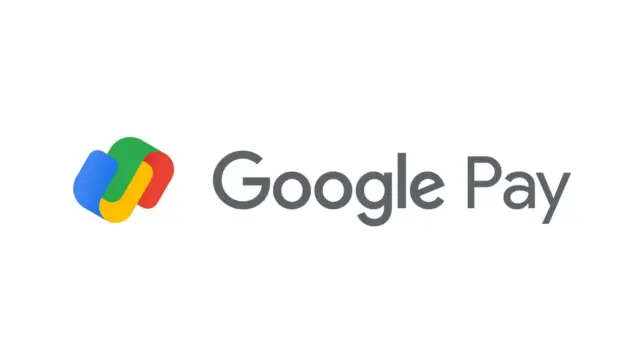
Google Pay has introduced a convenience fee for credit card bill payments made through its platform. This change impacts users who rely on the app to manage their credit card dues. The fee, which varies depending on the card and the bill amount, is a departure from Google Pay’s previously free service for such transactions.
The move comes as face increasing pressure to generate revenue. While Google Pay remains free for many peer-to-peer transactions and UPI payments, the company has begun exploring revenue streams in other areas. Credit card processing involves costs for the platform, including fees paid to card networks and banks. The newly introduced convenience fee helps offset these expenses. Previously, Google absorbed these costs as part of its strategy to attract users to its platform. With a substantial user base established, the company appears to be shifting its focus towards profitability.
The fee structure is not uniform. It is calculated based on a percentage of the transaction amount. This means higher bill amounts will incur higher fees. The exact percentage varies depending on the specific credit card and the agreement Google Pay has with the card issuer. Users are shown the applicable fee before confirming the payment, allowing them to assess the cost.
This change has prompted users to look for alternative methods to pay their credit card bills. Several options exist, each with its own advantages and disadvantages.
One common alternative is direct payment through the card issuer’s website or mobile app. Most banks offer online portals where cardholders can view their statements and make payments directly from their bank accounts. This method usually does not involve any additional charges. However, it requires users to manage multiple logins and passwords for different card issuers.
Another option is to use other third-party payment apps. Some apps may still offer free credit card bill payments, or they may charge lower fees than Google Pay. Users should compare the fee structures of different apps before making a decision. It is also important to ensure the chosen app is secure and reliable.
Netbanking is another traditional method for paying credit card bills. Users can log in to their bank accounts and transfer funds to their credit card account. This method is generally free but may require some technical know-how.
Offline methods, such as visiting a bank branch or using a cheque, are also available. These methods can be time-consuming and may involve travel. However, they can be suitable for users who are not comfortable with online transactions.
The introduction of the convenience fee on Google Pay has sparked mixed reactions from users. Some have expressed disappointment at the added cost, while others understand the need for the company to generate revenue. The long-term impact of this change on Google Pay’s user base remains to be seen. It is possible that users will migrate to other platforms if they find the fees too high.
The move by Google Pay reflects a broader trend in the digital payments industry. As these platforms mature, they are increasingly looking for ways to monetize their services. While free services are attractive to users, they are not always sustainable in the long run. The challenge for these platforms is to find a balance between generating revenue and providing affordable services to their users. The future of digital payments will likely involve a mix of free and paid services, with platforms competing on price, convenience, and features. Users will have a wider range of choices and will need to carefully evaluate the costs and benefits of each option before making a decision. The convenience fee on Google Pay for credit card bill payments is a significant development in this evolving landscape.


















